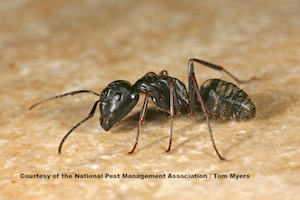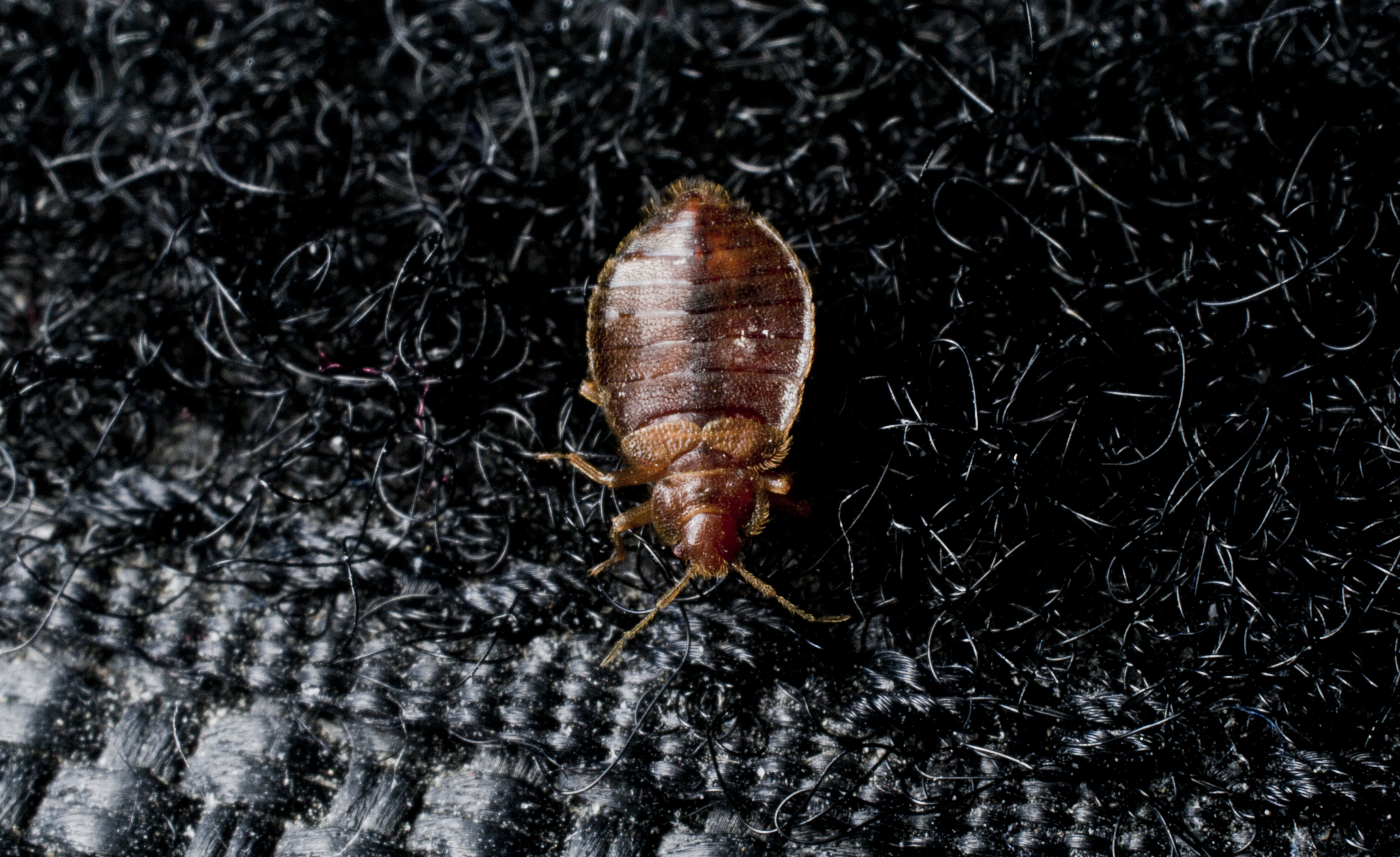New Invasive Tick Becomes Established in the United States
The longhorned tick (Haemaphysalis longicornis), also known as the Asian tick because it is native to Central and East Asia, including China, Korea, and Japan, as well as Pacific islands including Australia, New Zealand, Fiji, has now made its home in the United States. This is the first known invasive tick to become established in the United States in fifty years.
First discovered in New Jersey in November of 2017, it has now been found in New York, Pennsylvania, Maryland, Virginia, West Virginia, North Carolina and Arkansas. Attempts to eradicate the tick have failed and it is officially an established invasive species.
The longhorned tick is generally considered a livestock pest and is known in Australia as the bush tick and in New Zealand as the cattle tick. It is best known for transmitting an animal disease called theilerosis to cattle, which can cause considerable blood loss to animals and even occasionally cause the death of calves. It is also a bane to dairy farmers because it contributes to decreased milk production and important to sheep farmers because of decreased wool quantity and quality.
Longhorned ticks can multiply rapidly and can reproduce e sexually or by an asexual process called parthenogenesis. Thus, a female can continue to reproduce, even if no male ticks are around.
Although primarily an animal pest, unfortunately, outside the United States the longhorned tick has been known to carry and transmit diseases to humans. Agents of human diseases such as Lyme, spotted fever group rickettsiae, Ehrlichiosis and Anaplasmosis have been detected in longhorned ticks. H. longicornis has also been associated with Russian spring encephalitis, Japanese spotted fever, Powassan virus and Khasan virus, but is probably best known for transmitting SFTS (Severe Fever with Thrombocytopenia Syndrome). SFTS is caused by a phlebovirus and is mainly found in central and northeastern China but has also been reported in South Korea and Japan. The major clinical symptoms of SFTS are fever, vomiting, diarrhea, multiple organ failure, thrombocytopenia (low platelet count), leukopenia (low white blood cell count) and elevated liver enzyme levels. The syndrome has an overall fatality rate of about 15 percent (12-30 percent) but is notably more severe in the elderly with a fatality rate approaching fifty percent in persons over 60 years of age.
Luckily, despite having tested hundreds of these ticks in the United States, human pathogens have not so far been detected in the longhorned tick in the US.
People should use the same precautions that they do against domestic ticks, such as, when outdoors, using EPA-approved insect repellents and clothing that leaves less skin exposed, and that can act as a barrier to the ticks. Also remember to check for ticks after walking through woods or tall grass. Limit the likelihood of unwanted tick contact close to home. Maintain a trimmed lawn, remove weeds, and keep shrubs, bushes and other vegetation well pruned, particularly around patios and play areas.
When experiencing problems with ticks around the home, contact a licensed pest control professional who can select the most effective materials and develop a plan to combat the ticks. To learn about other tick species, view our tick Pest Guides.

Learn About Ants
Ants are a common pest homeowners struggle to eradicate. Learn more about them!

Bed Bug Pest Guide
Traveling this summer? Be sure to keep an eye out for bed bugs! Use our Pest Guide to help identify this pest.

NPMA's What Grows There? Project
Check out NPMA's What Grows There? project to learn how pests, such as flies, cockroaches and rodents, can spread germs throughout a home.
Find a PEST PRO in your area

Learn About Ants
Ants are a common pest homeowners struggle to eradicate. Learn more about them!

Bed Bug Pest Guide
Traveling this summer? Be sure to keep an eye out for bed bugs! Use our Pest Guide to help identify this pest.

NPMA's What Grows There? Project
Check out NPMA's What Grows There? project to learn how pests, such as flies, cockroaches and rodents, can spread germs throughout a home.
